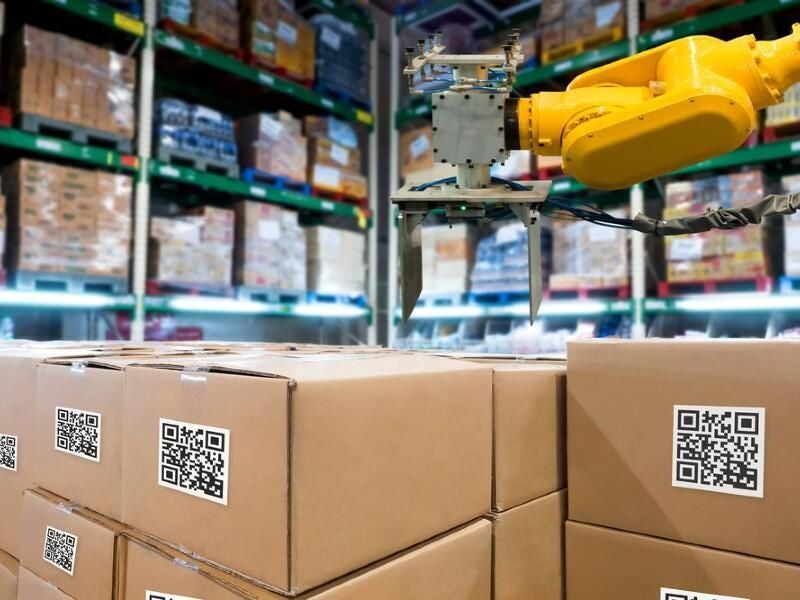
A topic once reserved for specialized technical discussions became dinner-table fodder over the past couple of years: the supply chain. The interconnected web of raw material suppliers, manufacturers, transportation providers and distributors was so effective as to become almost unnoticed until things started going wrong due to a complex combination of events triggered by the global COVID-19 pandemic.
If you’ve been around technology long enough, you might have been part of the ERP (enterprise resource planning) heyday in the 1990s. Complex and expensive software packages were deployed, with a key objective being comprehensive supply chain management. Much of this was driven by the costs of an inefficient supply chain. As a young ERP consultant, I remember crawling through dusty warehouses, helping perform physical inventories of goods that would soon be written off to clean up inefficient supply chains.
Technology was so much more efficient at many routine aspects of managing a supply chain, from ordering goods from vendors to automatically moving inventory around the world. Along with the rise of process management methodologies like Six Sigma and Lean, technology allowed companies to remove excesses from global supply chains to the point that auto manufacturers could predict within a 90-second window when a part would show up at their plant before immediately installing it in a vehicle.
The driver in this relentless pursuit of efficiency was cost savings. It’s expensive to have excess inventory sitting around, especially if it risks expiring or requires specialized storage. In a pre-pandemic era where pretty much any item in the world could be ordered and appear at your door in a matter of hours, removing slack from the global system seemed like a penalty-free way to save money.
The next generation of supply chain management
Of course, everything changed when everything from factory closures to worker shortages created ripple effects through the global supply chain that most of us have experienced personally or in our professional roles.
SEE: The COVID-19 gender gap: Why women are leaving their jobs and how to get them back to work (free PDF) (TechRepublic)
It might be tempting as technologists to assume we have no proactive role in planning the next generation of our company’s supply chain. Still, just as technology allowed an era of zero-slack supply chains, it can also help design and power the next-generation supply chain.
Tech has long been capturing and forecasting inventory levels. Still, advancements in artificial intelligence (AI), machine learning (ML) and simulation should allow businesses to go from forecasting based on the past to predicting potential outcomes based on future events.
Traditional players like Oracle and SAP offer predictive supply chain software as part of their comprehensive offerings, while emerging players like Streamline and Domo offer more focused tools.
Preemptively familiarizing yourself with potential offerings from your current vendors and building relationships with more niche players is a good start for arming yourself with knowledge and possible tools. Looking for opportunities to add additional flexibility to your current supply chain management suite is also an appropriate immediate step.
Years of optimizing and reducing safety stock, reordering points, and reducing the portfolio of vendors were great before. Still, they may be a handicap in the current environment of supply chain uncertainty. Simple initiatives like making it easier to add new vendors to your direct procurement systems or adjusting safety stocks could have outsize impacts on your ability to make and sell products. It is an opportunity for IT to come to the table with effective answers to complex strategic questions.
Leveraging your reporting and analytics tools can also be a boon to mitigating supply chain challenges. If you can quickly identify potential problems such as order delays or cost increases in one part of your business and then proactively communicate to other parts of your business that are not yet impacted, you’ve used your existing assets to drive better decision making without a formal initiative or request, a double-win for the business and IT.
It’s trite to say that every crisis brings opportunity. Still, just as technology helped create highly effective supply chains for the pre-pandemic era, it can help build the next generation. Complex tools like predictive analytics are part of the answer, but be sure to combine them with existing reporting, alerting and configuration options that can inform and add flexibility today while keeping your business competitive for more advanced tools tomorrow.
